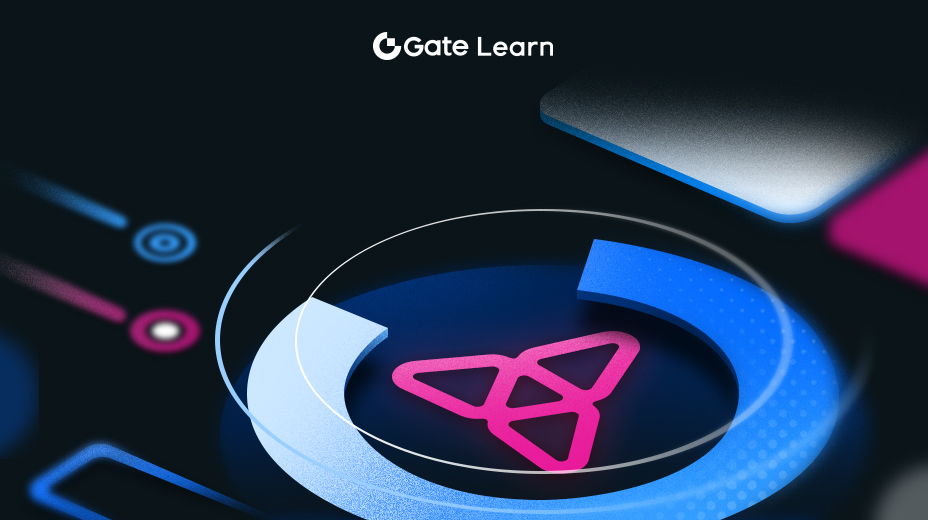ZK-Rollups dan Konsensus
Modul ini menjelaskan bagaimana ZK-Rollups menggabungkan transaksi, peran sistem bukti Plonk dalam verifikasi, dan bagaimana perhitungan off-chain server Layer-2 dapat mengurangi biaya Gas.
ZK-Rollups: Agregasi dan Verifikasi Transaksi
ZK-Rollups yang digunakan dalam ZKBase adalah solusi penskalaan Layer-2 yang mengurangi beban pada Ethereum Layer-1 dengan mengemas beberapa transaksi off-chain ke dalam satu batch untuk validasi. Transaksi ini diproses secara off-chain untuk mengurangi beban data di Jaringan Utama. Untuk memastikan bahwa transaksi diverifikasi tanpa mengungkapkan detail spesifik, ZK-Rollups menggunakan zero-knowledge proofs (ZKPs).
Saat transaksi off-chain dikemas dan diverifikasi, bukti yang dihasilkan akan diserahkan ke Layer-1 Ethereum. Mainnet bertanggung jawab untuk memverifikasi bukti tersebut, untuk memastikan transaksi tersebut ditangani dengan benar tanpa perlu mengeksekusi ulang setiap transaksi secara terpisah. Arsitektur seperti ini secara signifikan mengurangi jumlah data yang disimpan on-chain, sambil meningkatkan throughput transaksi secara signifikan, membuat ZK-Rollups efisien dalam menangani jumlah transaksi besar, sambil tetap mempertahankan keamanan mekanisme konsensus Ethereum.
Sistem Bukti Nol Pengetahuan Plonk
Plonk ("Permutations over Lagrange-bases for Oecumenical Noninteractive arguments of Knowledge") adalah sistem yang menghasilkan bukti kriptografi ringkas yang memverifikasi kebenaran batch transaksi. Sistem ini dirancang untuk menangani kompleksitas beberapa transaksi tanpa secara signifikan meningkatkan persyaratan komputasi. Dalam praktiknya, Plonk digunakan untuk menghasilkan bukti yang mengkonfirmasi validitas transisi keadaan dalam ZK-Rollups.
Transisi status ini dapat melibatkan transfer token, pembaruan saldo akun, atau pelaksanaan kontrak pintar lainnya. Begitu bukti telah dihasilkan, itu akan dikirim ke Layer-1 Ethereum untuk diverifikasi. Keunggulan Plonk adalah kemampuannya untuk secara signifikan mengurangi biaya komputasi pembuatan bukti, yang merupakan faktor penting dalam menjaga keamanan saat memperluas aplikasi blockchain.
Selain itu, sistem ini mendukung skalabilitas lebih lanjut dengan memungkinkan validator memverifikasi bukti tanpa perlu mengeksekusi ulang kumpulan transaksi lengkap. Desain ini tidak hanya mengurangi konsumsi waktu, tetapi juga menurunkan biaya komputasi, memberikan landasan yang kuat untuk skala efisien pada blockchain.
Komputasi off-chain dan server Layer-2
Komputasi off-chain adalah bagian penting dari server ZKBase Layer-2, yang mengolah sebagian besar transaksi di luar lapisan dasar Ethereum. Server Layer-2 bertanggung jawab atas pengemasan transaksi, eksekusi off-chain, dan hanya mengirimkan bukti kriptografi transaksi ini ke jaringan utama Ethereum. Dengan memproses sebagian besar beban komputasi di luar rantai, sistem secara signifikan mengurangi biaya Gas yang dibutuhkan untuk operasi on-chain.
Arsitektur ZKBase mencakup beberapa komponen kunci, seperti memori pool off-chain untuk menyimpan transaksi yang belum diproses, dan pengelola status yang menjaga saldo akun dan status dalam lingkungan Layer-2. Komponen-komponen ini bekerja sama untuk memastikan server Layer-2 dapat memproses transaksi dengan efisien, sambil menghindari data yang membanjiri Ethereum Layer-1. Setelah proses transaksi selesai, server menghasilkan bukti keabsahan (validity proof), yang kemudian dikirim ke mainnet Ethereum. Karena jumlah data yang terdapat dalam bukti tersebut sangat sedikit, biaya Gas on-chain secara signifikan berkurang, memberikan pengalaman transaksi yang lebih efisien bagi pengguna.
Sistem ini memberikan jaminan kriptografi yang disediakan oleh bukti tanpa pengetahuan, yang memastikan keamanan dan ketepatan saat memindahkan tugas komputasi ke server Layer-2.
Highlight
- ZK-Rollups akan mengemas dan memverifikasi beberapa transaksi di luar rantai, lalu mengirimkan bukti kriptografi ke Ethereum.
- Sistem bukti Plonk menghasilkan bukti kriptografi yang ringkas untuk memverifikasi transaksi tanpa perlu menjalankannya ulang.
- Server Layer-2 ZKBase memproses transaksi di luar rantai, secara signifikan mengurangi biaya Gas di rantai.
- Manajer Status dan Memori Pool mengelola status akun dan antrian transaksi di luar rantai.
- Proof of Validity memastikan perubahan status di bawah rantai dilakukan dengan benar diaplikasikan pada Ethereum, menjaga keamanan dan mengurangi beban komputasi.





